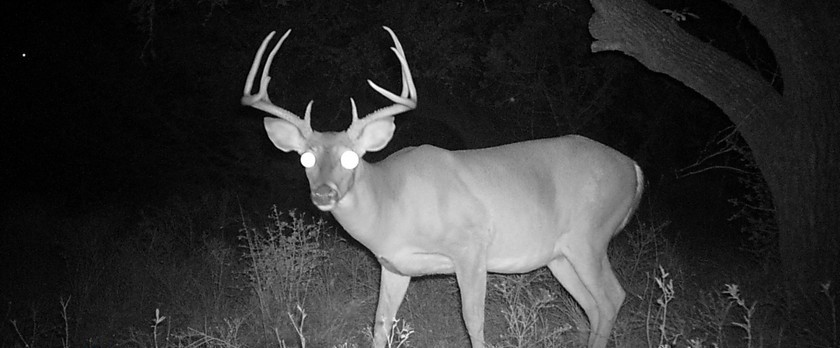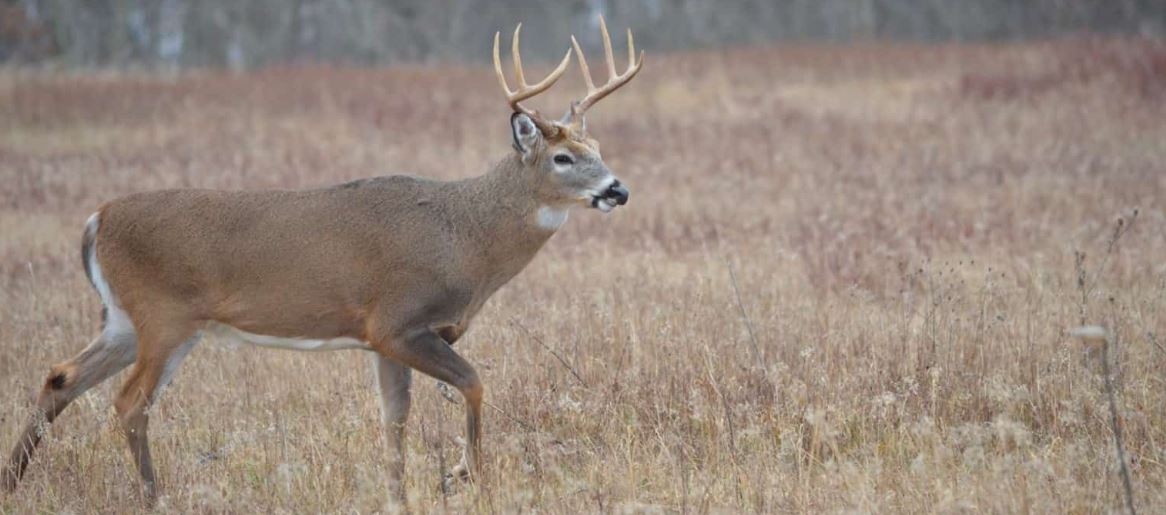Why Age Deer?
More and more whitetail hunters are engaging in deer management on the properties they hunt. Managers know that it takes age and good nutrition to grow quality, mature bucks year after year. Furthermore, aging bucks on the hoof is becoming standard practice by hunters, too. One of the easiest ways to produce larger bucks is to avoid shooting them while they are young.
Managing white-tailed deer takes on-the-ground management through habitat enhancement, food plots and/or supplemental feeds to provide the deer on your property with high quality food sources, but harvest management is necessary for removing the right deer and the right time. This is especially true with regards to buck harvest.
Pulling the trigger is the easiest and quickest part of management, but it’s the most important part of managing the buck age structure as well as the herd composition of any deer population in any area. As such, learning how accurately age bucks on the hoof in the area that you hunt is a key to long-term success.

Keys to Aging Bucks on the Hoof
Before we get into how to best age the deer found in your hunting area, it’s important to understand that there are 27 subspecies of white-tailed deer. There is wide variation in how deer look across the whitetail’s range. Deer within the same county can even look different depending on the habitat quality, deer density and whether or not they receive supplemental foods or not.
Some whitetail are bigger, some are smaller, but they are all deer and they can all be aged using the same technique. You can at least make what I like to call an “educated estimate.” This involves using all the information available to you to put together the pieces of the puzzle, determining the age of the buck standing in front of you.
It was mentioned earlier that the success of your management program will depend on your ability to get really good at aging bucks on the hoof. The ability of others that you hunt with as well as those deer hunting in your immediate area are just as important. Make sure they share your same goals if the overall plan for the property is to harvest the right bucks and the right time.

How to: Aging Bucks on the Hoof
Learning to age deer is fairly straight forward once you know where to look and what to look for, but it’s important to note that there will always be some deer that will not fit the mold. Most whitetail bucks are “normal.” This means they look normal for their age: their body conformation is what would be expected for an animal of a certain age in a specific area.
It’s the abnormal deer that you have to watch out for. These will be the deer that are difficult to age on the hoof in the field. I’m not trying to scare you off, but just letting you know that it’s impossible for anyone to age every buck without mistake. If you use all the tools, techniques and training material found on this site you will be correct much more than you are wrong.
This will keep your management program moving in the right direction and ensure you are letting the right bucks reach their genetic potential. Again, aging bucks on the hoof is not easy. It takes effort, trial and error, experience. Now, learn how to age whitetail bucks on the hoof and then try your hand at a deer aging quiz.